Preferred stockholders are entitled to receive dividends before common stockholders, providing them with a consistent income stream. Preferred stock gets its name because preferred shareholders are in a “preferred” position to receive dividend payments and be paid back first in the event of bankruptcy. As with all investments, the answer depends on your risk tolerance and investment goals. Preferred stock works well for those who want higher yields than bonds and the potential for more dividends compared to common shares.
Compare With Other Investment Options
Unlike common stock, what training is needed to become a bookkeeper preferred stock doesn’t come with the right to vote and has less potential to appreciate in price than common stock. Bankrate.com is an independent, advertising-supported publisher and comparison service. We are compensated in exchange for placement of sponsored products and services, or by you clicking on certain links posted on our site.
If the company enters bankruptcy, preferred stockholders are entitled to be paid from company assets before common stockholders. While CPS pays a lower dividend rate than common stock, it offers priority in dividend payments and liquidation preference, and potential for capital appreciation. The company’s cumulative preferred stock represents a financial obligation that must be met even during challenging financial periods. Delays or failure to pay accumulated dividends can damage investor confidence and credit worthiness. However, for investors, the fixed dividend payments may not keep pace with inflation or changes in interest rates.
The company has not declared dividends in the last four years due to the financial crisis. For the last four years, the dividends for the cumulative preferred stockholders were $20 each year, which was unpaid. CPS is an important source of capital for many companies, particularly those in the financial, energy, and utility sectors. CPS provides a stable income stream to investors and priority in dividend payments and liquidation preference. The cumulative preferred stock shareholders must be paid the $900 in arrears in fica rates addition to the current dividend of $600.
For example, if a preferred stock is issued with a par value of $25 and an 8 percent annual dividend, this means the dividend payment will be $2 per share. Callable shares ensure the company can limit its maximum liability to preferred shareholders. Cumulative preferred stock is a class of shares wherein any unpaid or undeclared dividends for the current year must be accumulated and paid for in the future. However, such stocks are costlier, do not have voting rights, and cannot demand interim dividends.
What is the approximate value of your cash savings and other investments?
Owners of common stock usually have voting rights in the company, but owners of preferred stock rarely do. It will depend on how it is issued, and investors need to take notice before purchasing the stock, if that’s important to them. So non-cumulative dividends can be missed without penalty, whereas cumulative dividends can be missed, but must be paid out later. However, the company cannot pay a dividend to holders of common stock until it has made holders of its preferred stock whole. Preferred stock is a type of stock that has characteristics of both stocks and bonds. Like bonds, preferred shares make cash payouts, often at a higher yield than bonds, while offering higher dividend returns and less risk than common stock.
Bankrate logo
Preferred stock is often referred to as a hybrid investment, because it offers characteristics of both a stock and a bond. Legally, it’s considered equity in a company, but it makes payouts like a bond, with regular cash distributions and fixed payment terms. Callable shares are preferred shares that the issuing company can choose to buy back at a fixed price in the future. This stipulation benefits the issuing company more than the shareholder because it essentially enables the company to put a cap on the value of the stock. If, for example, a pharmaceutical research company discovers an effective cure for the flu, its common stock is likely to soar, while the preferreds might only increase by a few points.
Understanding Preferred Stocks
- Our mission is to empower readers with the most factual and reliable financial information possible to help them make informed decisions for their individual needs.
- Similarly, holders of preferred stock may be able to take advantage of lower tax rates on qualified dividends, which may enjoy a 0, 15 or 20 percent rate, though not all preferreds are able to.
- CPS typically does not provide voting rights to shareholders, while common stock provides voting rights to shareholders.
- Thomas J Catalano is a CFP and Registered Investment Adviser with the state of South Carolina, where he launched his own financial advisory firm in 2018.
So, if you’re seeking relatively safe returns, you shouldn’t overlook the preferred stock market. Another difference is that preferred dividends are paid from the company’s after-tax profits, while bond interest is paid before taxes. This factor makes it more expensive for a company to issue and pay dividends on preferred stocks. These are fixed dividends, normally for the life of the stock, but they must be declared by the company’s board of directors. As such, there is not the same array of guarantees that are afforded to bondholders.
Assessing factors such as risk, return potential, liquidity, and diversification benefits will aid in determining the optimal allocation of preferred stock within the portfolio. But this compensation does not influence the information we publish, or the reviews that you see on this site. We do not include the universe of companies or financial offers that may be available to you.
The upside potential of preferred stock is capped, whereas common stock has unlimited upside potential. The price of preferred stock generally changes slowly and is tied to interest rates, while common stock can fluctuate with market conditions, the success of the issuing company and investor sentiment. Unlike bonds, preferred stock may not have a maturity date, and can be issued in perpetuity.


